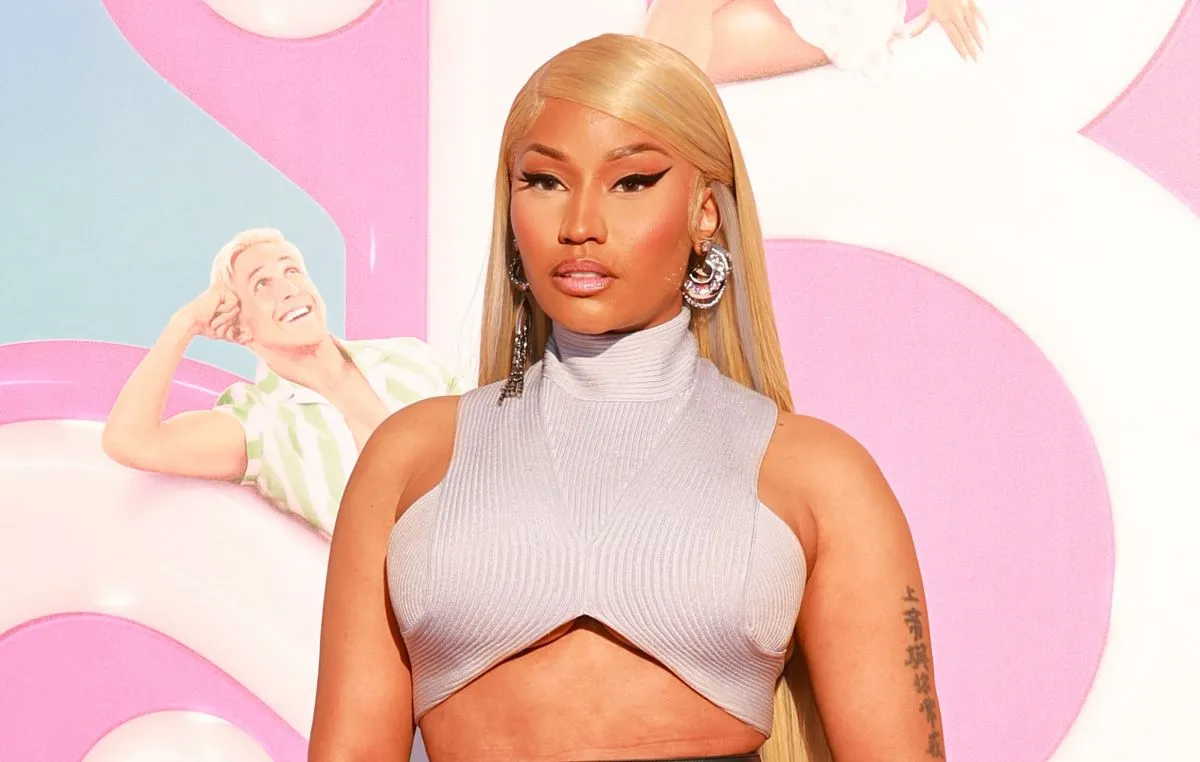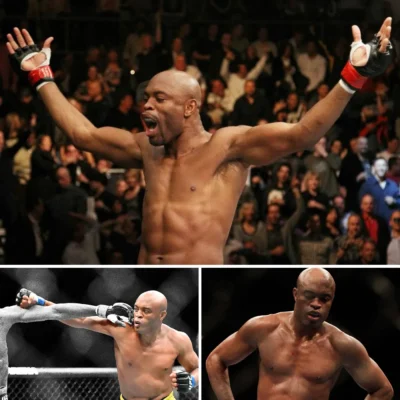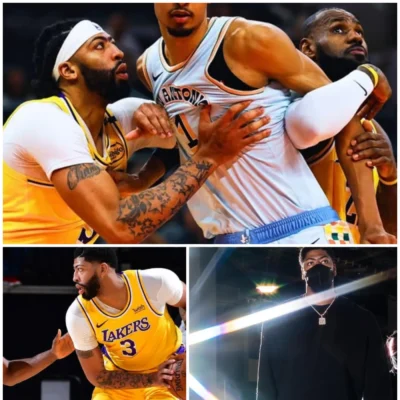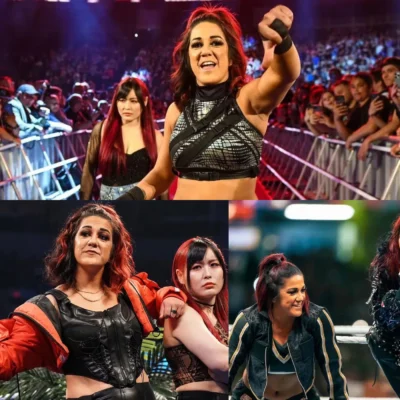
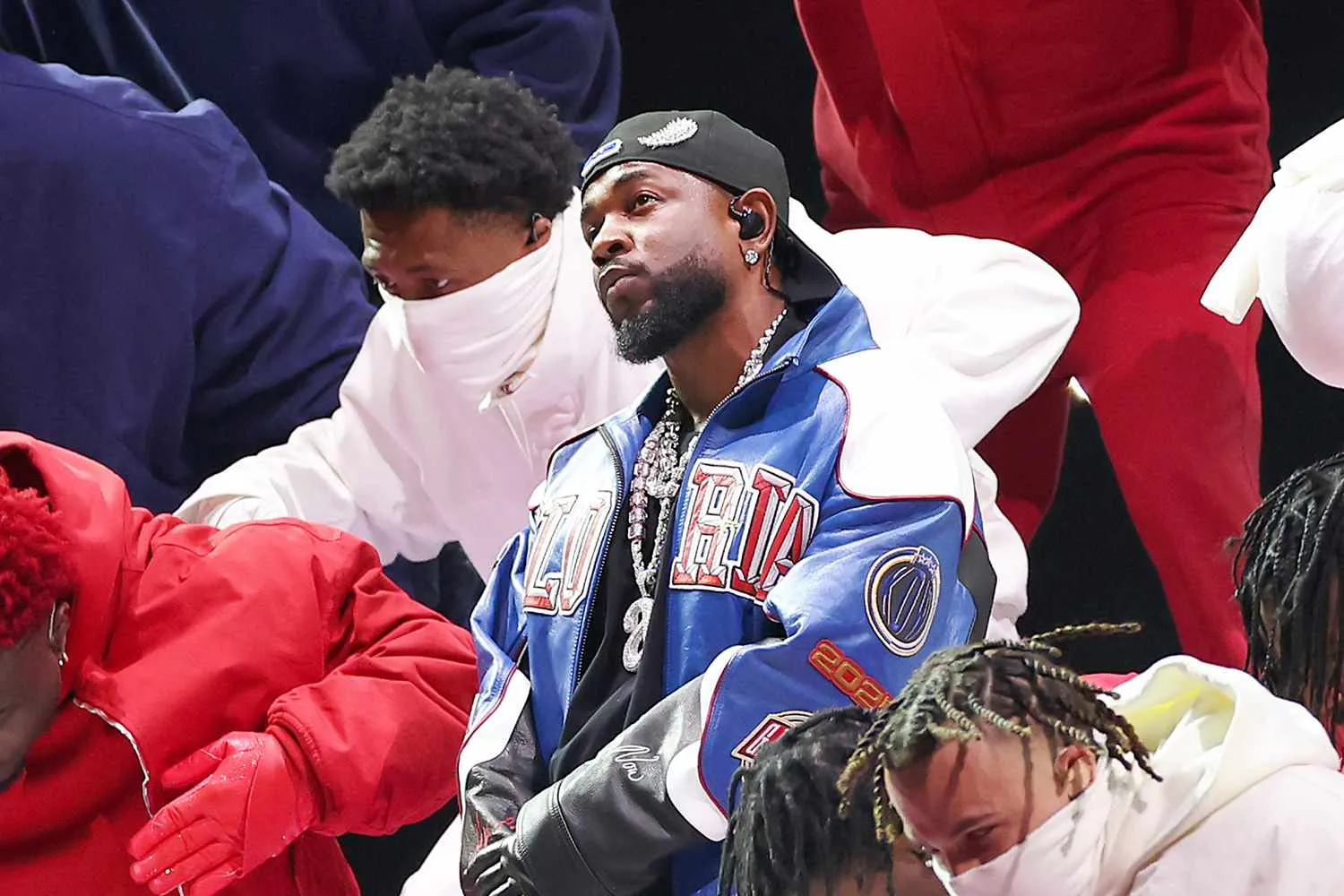
Kendrick Lamar’s Explosive Super Bowl Halftime Show Ignites Fury, Triggering 125 FCC Complaints
The Super Bowl Halftime Show is one of the most highly anticipated entertainment events of the year, drawing millions of viewers from across the globe. While it often garners praise for its production value, star power, and musical brilliance, it’s also no stranger to controversy. This year’s Super Bowl LIX Halftime Show, headlined by Kendrick Lamar, proved to be no exception. Although Lamar’s performance was widely celebrated for its artistry and cultural significance, it also generated 125 complaints to the Federal Communications Commission (FCC) from viewers who took issue with various aspects of the show.
In this article, we’ll break down the controversy surrounding Kendrick Lamar’s performance, examine the nature of the complaints, and explore the broader implications for the future of Super Bowl halftime shows.
A Record-Breaking Performance
Kendrick Lamar’s performance at Super Bowl LIX, held at the Caesars Superdome in New Orleans, was a historic event in more ways than one. Drawing an average audience of 133.5 million viewers, it became the most-watched Super Bowl Halftime Show in history, surpassing even the iconic performances of past headliners like Beyoncé, Prince, and The Weeknd.
Lamar, known for his thought-provoking lyrics, dynamic stage presence, and deep connection to hip-hop culture, delivered a visually stunning and musically rich performance. His setlist featured a mix of classic hits and newer tracks from his recent album GNX, including a censored version of his controversial diss track “Not Like Us,” which takes aim at fellow rapper Drake.
Joining Lamar on stage for a brief cameo was tennis legend Serena Williams, whose dance moves, including the “crip-walk,” quickly became a hot topic on social media.
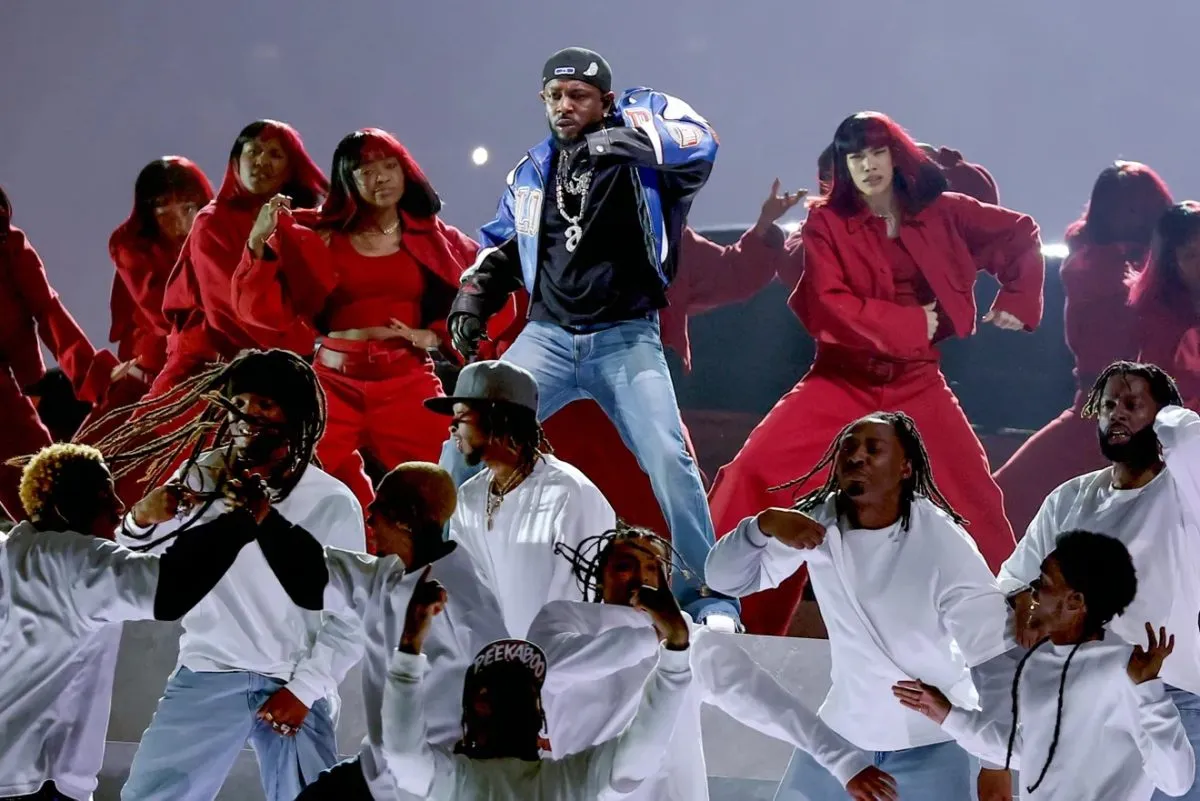
The FCC Complaints: What Viewers Took Issue With
While many viewers praised Lamar’s performance as a masterpiece of modern hip-hop, not everyone was impressed. The FCC received 125 complaints from viewers who found aspects of the show objectionable. These complaints focused on three main issues:
1. Lyrics and Choreography
Some viewers took issue with the explicit nature of Lamar’s lyrics and the suggestive choreography featured in the performance. Although the broadcast was carefully censored to comply with FCC guidelines, critics argued that the underlying themes and dance moves were inappropriate for a family-friendly event like the Super Bowl.
One viewer complained that the performance “glorified violence and vulgarity,” while another described it as “overly sexualized and not suitable for children.” These concerns echo similar complaints lodged against past halftime shows, including the 2020 performance by Jennifer Lopez and Shakira, which drew over 1,300 FCC complaints for its provocative content.
2. Allegations of Racial Bias
Another recurring theme in the complaints was the perceived lack of diversity in the performance. Several viewers criticized the show for featuring an all-Black cast of performers, with one complaint stating, “There wasn’t one white person in the whole show. They get away with it, but if it was all white, it would be a different story.”
This criticism sparked heated debates online, with some defending the performance as a celebration of Black culture and others arguing that it lacked inclusivity.
3. Accusations of Promoting Gang Culture
Serena Williams’ brief appearance on stage also drew criticism, primarily due to her use of the “crip-walk,” a dance move associated with the Crips, a notorious street gang. Some viewers accused the performance of promoting gang culture and glorifying violence, though others argued that the move had been recontextualized as part of mainstream hip-hop culture.
A Broader Perspective: How Common Are FCC Complaints?
While 125 complaints may sound like a lot, it’s worth noting that it represents a tiny fraction of the overall viewership. With 133.5 million people watching the show, the number of complaints amounts to less than 0.0001% of the audience.
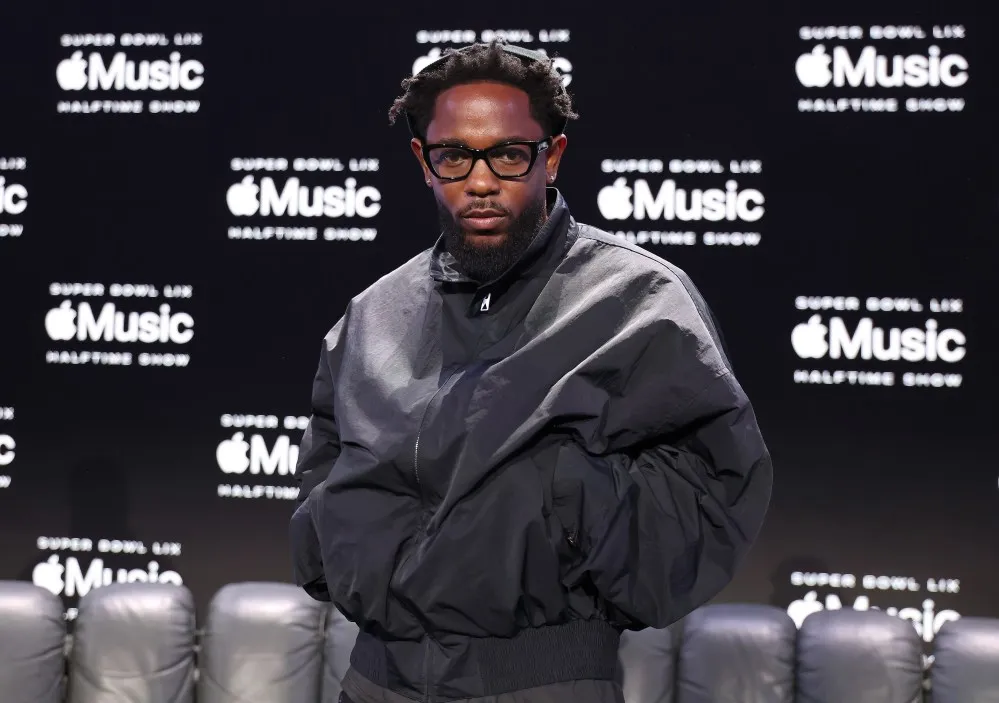
For context, previous Super Bowl Halftime Shows have also faced their share of FCC complaints. The 2020 performance by Jennifer Lopez and Shakira, for example, received approximately 1,300 complaints, while Janet Jackson’s infamous “wardrobe malfunction” during the 2004 halftime show led to over 500,000 complaints and a $550,000 fine for CBS.
In comparison, Lamar’s 125 complaints seem relatively minor, though they still reflect a segment of the audience that felt uncomfortable with the show’s content.
The Artistic and Cultural Significance of Kendrick Lamar’s Performance
Despite the controversy, Lamar’s performance was widely praised by critics and fans for its artistic depth, cultural resonance, and powerful messaging. Throughout his career, Lamar has been known for addressing issues such as racial inequality, police brutality, and systemic oppression in his music, and his Super Bowl performance was no exception.
By featuring an all-Black cast of performers and incorporating elements of hip-hop culture, Lamar’s show was seen by many as a celebration of Black excellence and a statement of pride and resilience.
The Role of Hip-Hop in the Super Bowl
Lamar’s performance also marked a significant milestone for hip-hop, a genre that has historically been underrepresented on the Super Bowl stage. While past halftime shows have featured hip-hop artists as part of larger lineups (such as Dr. Dre, Snoop Dogg, and Eminem at the 2022 Super Bowl), Lamar’s headlining performance was a rare moment for hip-hop to take center stage.
This shift reflects the growing influence of hip-hop in mainstream culture and its ability to connect with audiences on a global scale.
What’s Next for the Super Bowl Halftime Show?
The controversy surrounding Kendrick Lamar’s performance raises important questions about the future of the Super Bowl Halftime Show. As the NFL continues to diversify its lineup of performers, it will need to strike a balance between artistic freedom and audience expectations.
One possible solution is to provide more transparency about the content of the halftime show in advance, allowing viewers to make informed decisions about whether or not to watch. Another option is to create alternative viewing options for those who prefer a different type of entertainment during halftime.
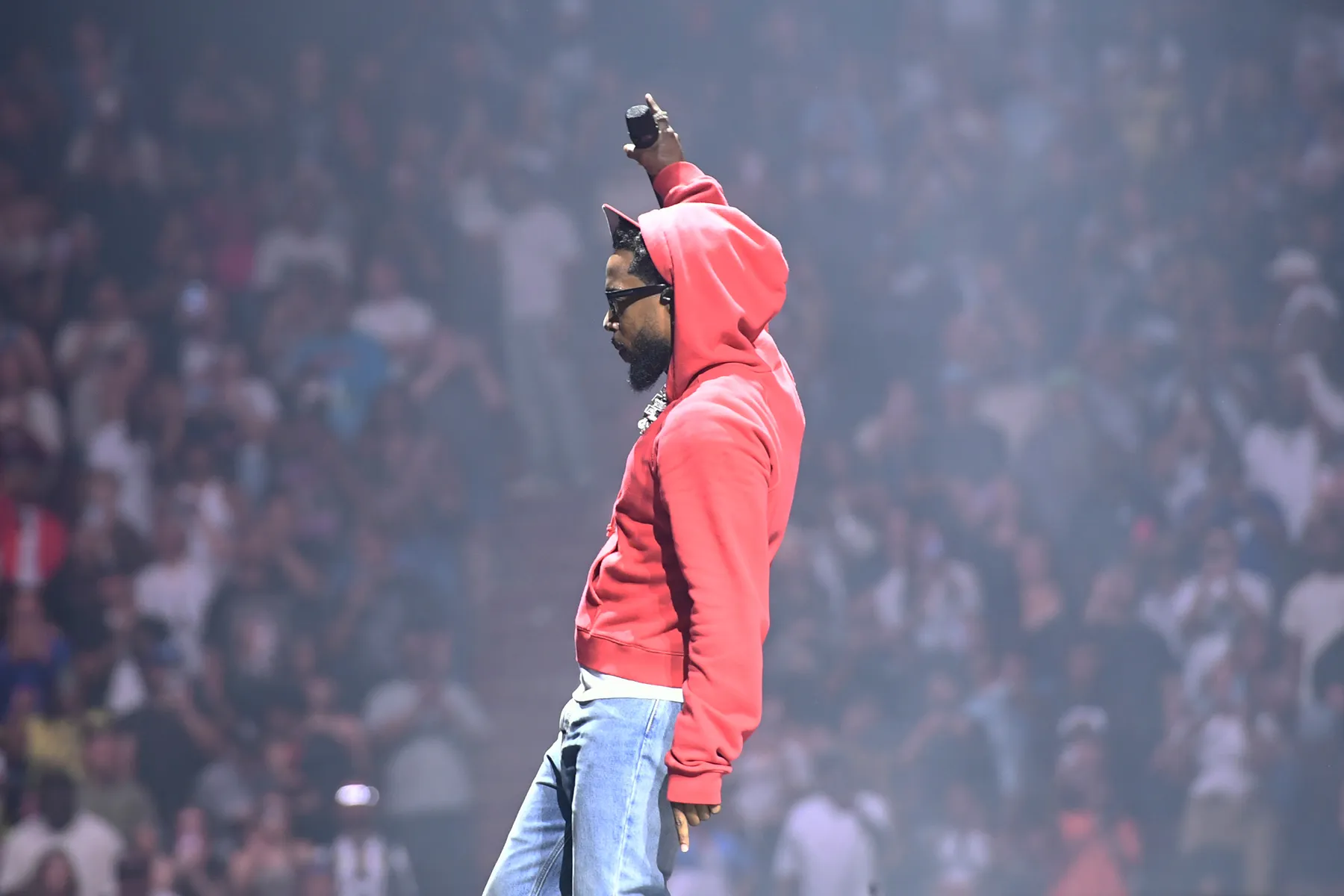
Conclusion: A Performance to Remember
Kendrick Lamar’s Super Bowl LIX Halftime Show will undoubtedly be remembered as one of the most talked-about performances in recent history. Whether you loved it or found it controversial, there’s no denying that it made an impact.
As debates about the performance continue to play out online and in the media, one thing is clear: Lamar’s ability to spark conversation, challenge norms, and push the boundaries of what’s possible in a halftime show is a testament to his artistry and cultural significance.
In the end, the Super Bowl Halftime Show is more than just entertainment—it’s a reflection of the cultural landscape, and Kendrick Lamar’s performance was a powerful reminder of the transformative power of music and art.








